Tuck in the tomatoes it is a cultivation operation that can bring excellent benefits to plants. The tomato is a very rustic plant, it has the ability to produce new roots from the stem that increase those already existing under the ground, and tamping encourages this ability. However, it must be done with extreme care and in particular moments of the biological cycle. To perform it correctly you need a certain mastery, which however is easy to acquire with a little practice in the field. In this article we see what are the advantages of tamping on tomatoes and how to do it.
Why do tomato tamping?
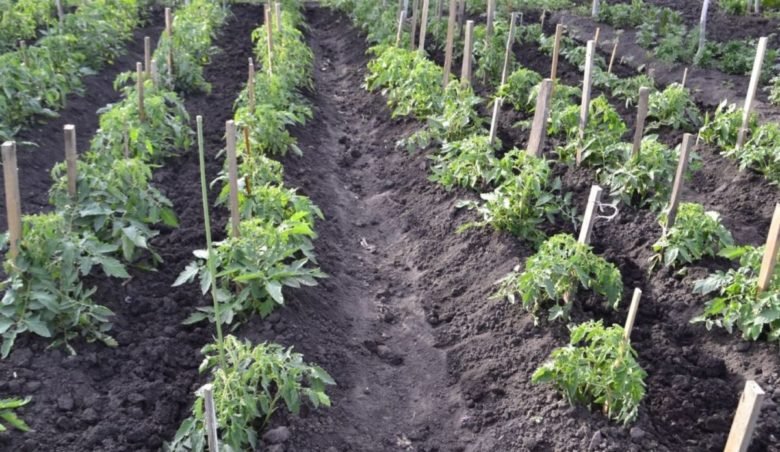
The first thing to clarify is that not everyone tucks tomatoes. Plants can grow healthy and lush even without this intervention by the farmer. But tucking them in gives us the ability to grow plants and even stronger.
As mentioned, the tomato is able to emit new roots on the stem, especially in the collar area, the one just above the ground level. These roots are called adventitious and we can see them by closely observing the base of the stem, when small white-yellowish growths appear. These are precisely hints of roots, which in order to develop need to come into contact with the ground.
With the tamping we do nothing but bring some earth to the “foot” of the plant. And that makes it much stronger.
The tamping technique, on the other hand, is common to many vegetables, such as potatoes, fennel And cabbages.
The advantages of stuffing tomatoes
In addition to the possibility of growing new adventitious roots, tamping brings several other important advantages to tomato plants:
- greater stability of the plant;
- better wind resistance;
- protection from soil parasites;
- resistance to diseases such as rot of the collar;
- elimination of any water stagnation
- soil aeration;
- weed removal around the plant.
When to tamp tomatoes
Tomato tamping is usually done 1 or 2 times during the life cycle of the plant. The best time is about 15-20 days after you have it planted tomatoes in the vegetable garden. By pushing in this phase, we will give immediate impetus to the growth of a strong root system. This first tamping is already sufficient in many cases, but there are situations in which it is convenient to repeat the operation. After heavy rainfall, for example. In fact, driving rain causes soil compaction, often giving rise to the formation of water stagnation. If there is a lot of water, the ground level can even drop, exposing the collar to atmospheric agents. In such an eventuality, tamping is a really important cultivation intervention. By bringing the earth back to the base of the plant, we are going to re-establish an ideal growth condition.
How to tamp a tomato field
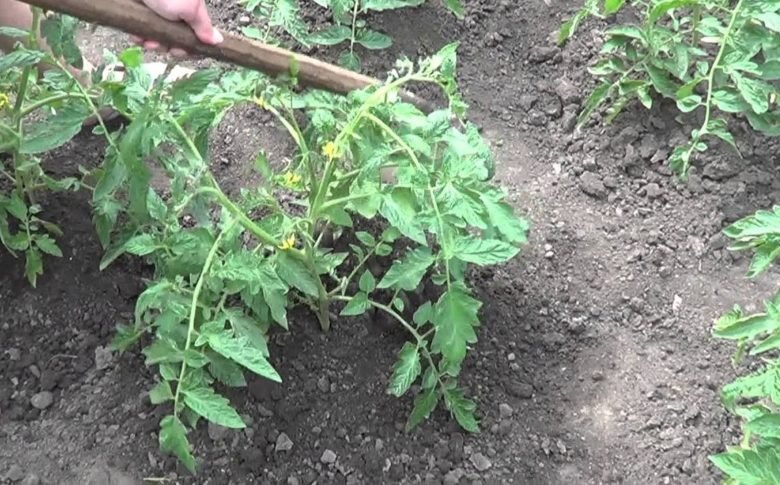
The tamping must be done very carefully and above all delicately. While it is true that our main intent is to strengthen the plants, we must also be careful to avoid damaging them during the operation.
Tomatoes are huddled using details garden hoes (like these)their small size allows us to operate with precision, without damaging the roots.
The foresight that must be had, therefore, is not to hoe too deep into the ground. Furthermore, always to preserve the roots, it should not be hoed near the collar of the plant. The earth must be “moved” and then “brought to the foot” where the roots do not reach, that is, between the two rows, remaining at least 30 cm away from the plant.
Technical measures
It is also easy for them to be on the tomato field hoses of the type used for drip irrigationand maybe even of the natural mulch.
In this case, before tucking the tomatoes we will have to move the pipes and the layer of mulch, and then reposition them correctly once the work is finished.
Obviously a tomato field mulched with i towels (for example these) it cannot be pushed back.
Finally, a piece of advice that we give before starting to tuck the plants is to remove any leaves and shanks at the base of the trunk, where the earth that we will tuck will go. In practice, first you do the depemminellaturathen the tamping of the tomatoes.

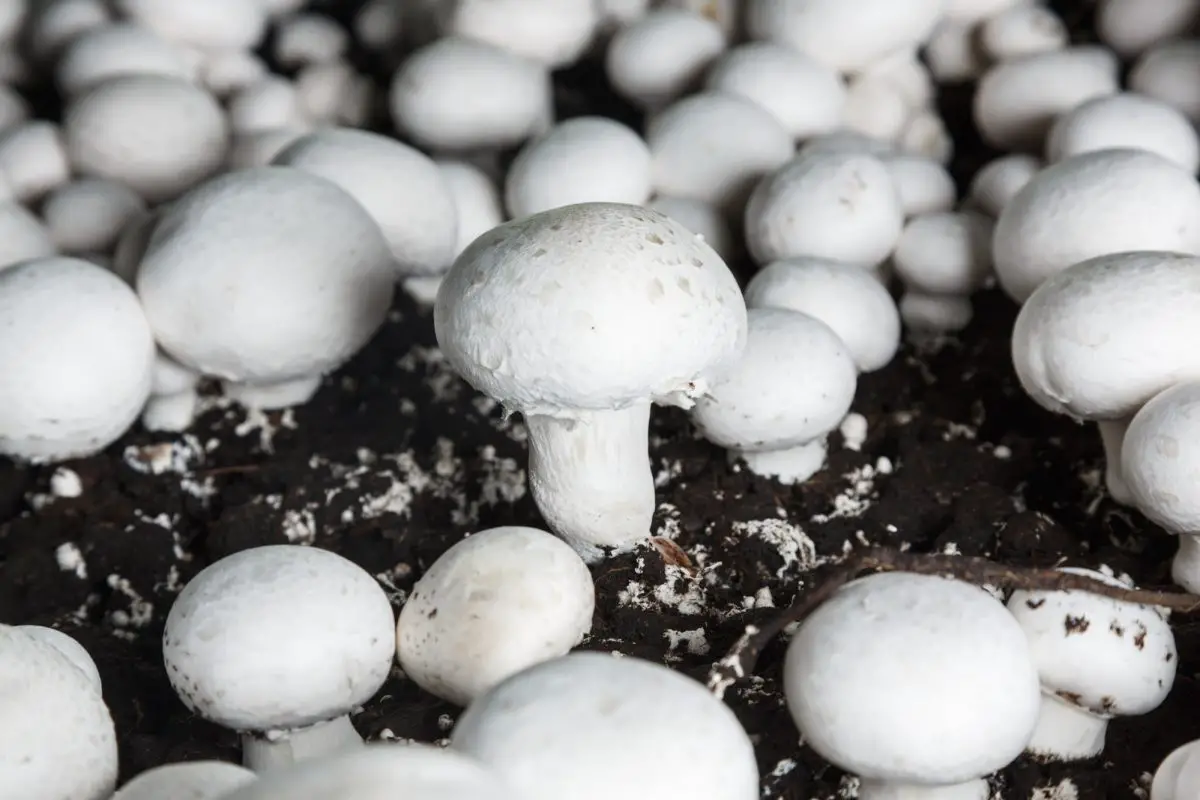
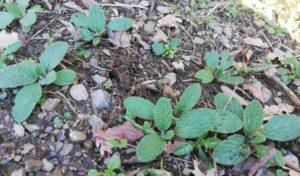
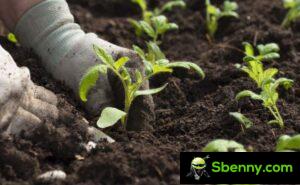
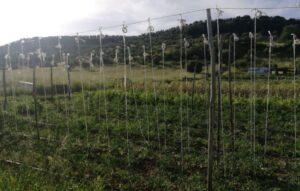
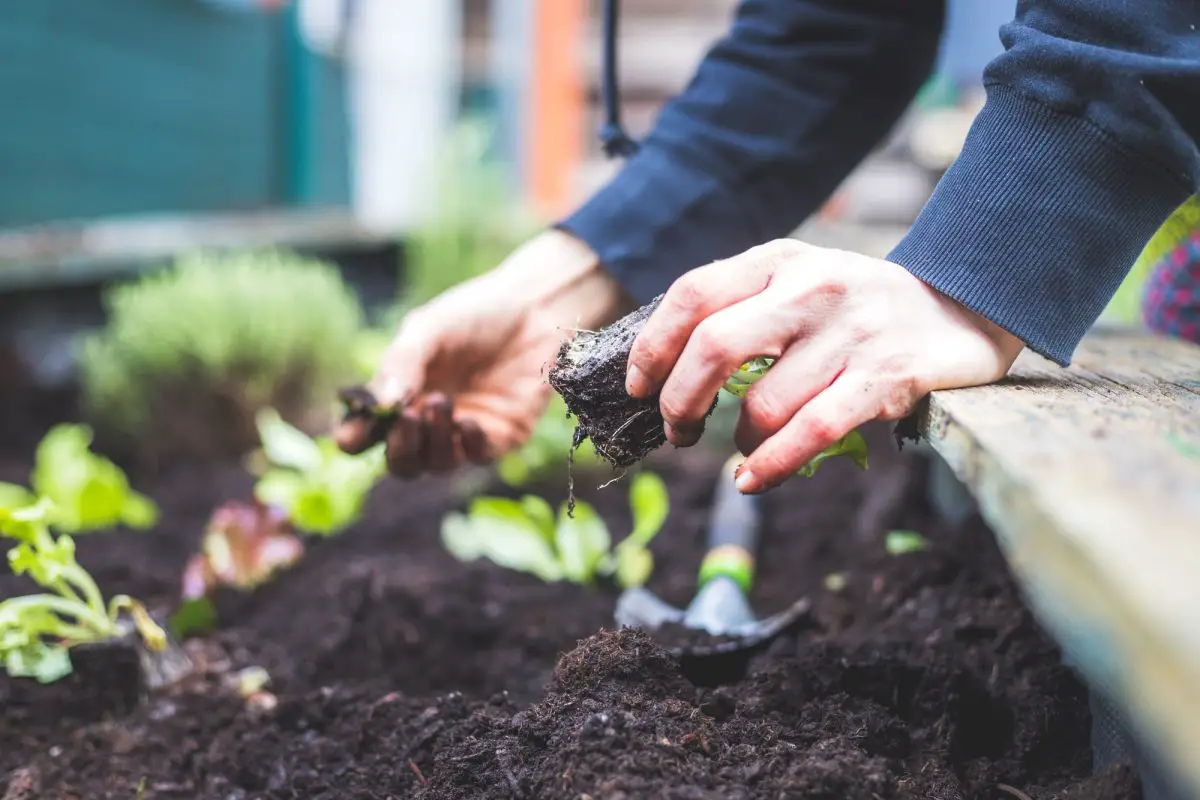
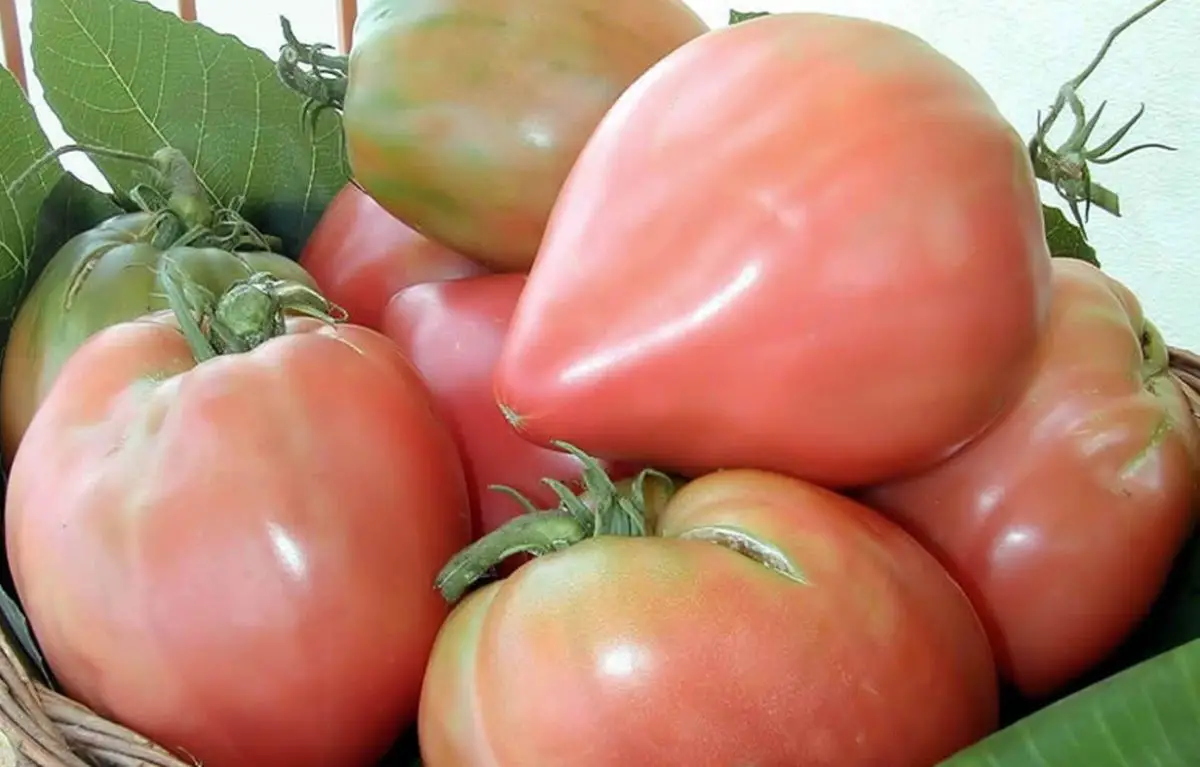
Start a new Thread